The most common reason for the performance of otoplasty is the problem of “protruding ears”. The cause of this problem is the inappropriate growth of cartilage of the ear leading to ear flaps projecting from the head more than desired. Precisely for this reason the occurrence of the problem is in a very early age.
The operation
The aim is to position the ear close to rest of the skull so that they don’t project too much.
The age of the patient during surgery is usually between 4 and 14 years, while the operation can be done on adults of any age.
If the child is small, then we usually recommend general anesthesia.To older children and adults we prefer local anesthesia combined with sedation.
The surgery with local anesthesia is done in clinics on external base, that means that’ someone doesn’t need to stay in the clinic. In the case of general anesthesia exit from the clinic is late evening of the same day or the following morning.
The surgery lasts about one hour and is performed with a small incision in the back of the ear. From this point we can shape the cartilage and turn it back. Special sutures are used to maintain the new shape of the ear. The incision in the back of the ear disappears over the time.
Stages
- Small incision in the back of the ear and extraction of a thin lane of skin
- From this point we introduce a special rasp with which we can shape the cartilage of the ear and turned him back towards the desired position
- We place special stitches non absorbant to maintain permanently the new shape of the ear.
- Suturing the incision behind the ear)
- Position dressings which remain in place for 2-3 days
Anesthesia
General or local combined with sedation
Duration of surgery
Usually 1 hour
Stay in the clinic
Discharge 3-6 hours after the operation
Result
Permanent
Combination with other operations
Although it is not usual to combine this with other surgeries, in case that is given general anesthesia and are difficulties in nasal breathing we can perform at the same time straightening of septum and cauterization of nasal concha
Instructions after surgery
- Immediate mobilization of the patient after surgery
- A mild dressing is placed after surgery and removed after 2-3 days.
- Mild pain can occur for a few days usually treated with mild analgesic.
- Return to daily activities within 1-2 days. Restart of work is recommended for adults in five days while the kids go back to school in a week.
- We recommend to be careful and avoid any direct injury of the ears for 1 month.
- Removal 1-5 ultrafine sutures behind the ear a week after surgery





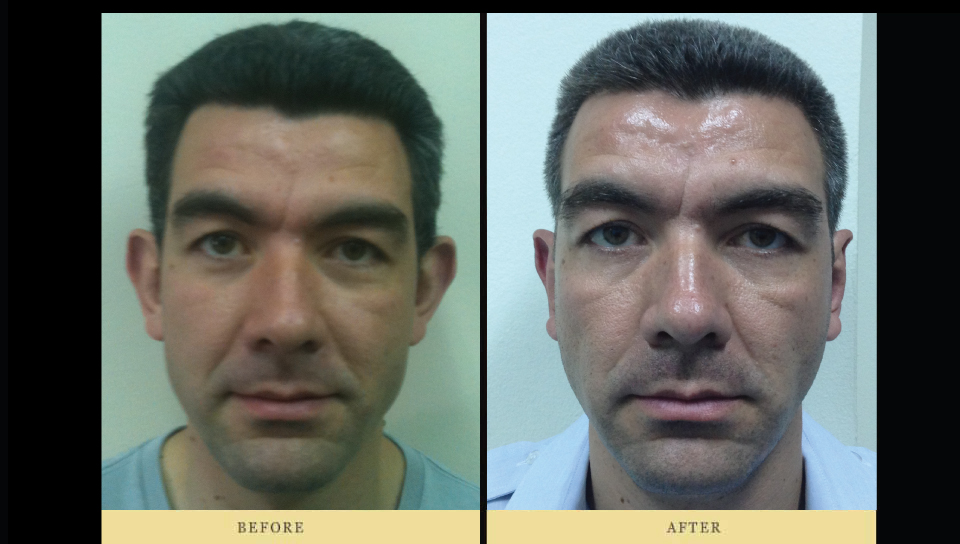
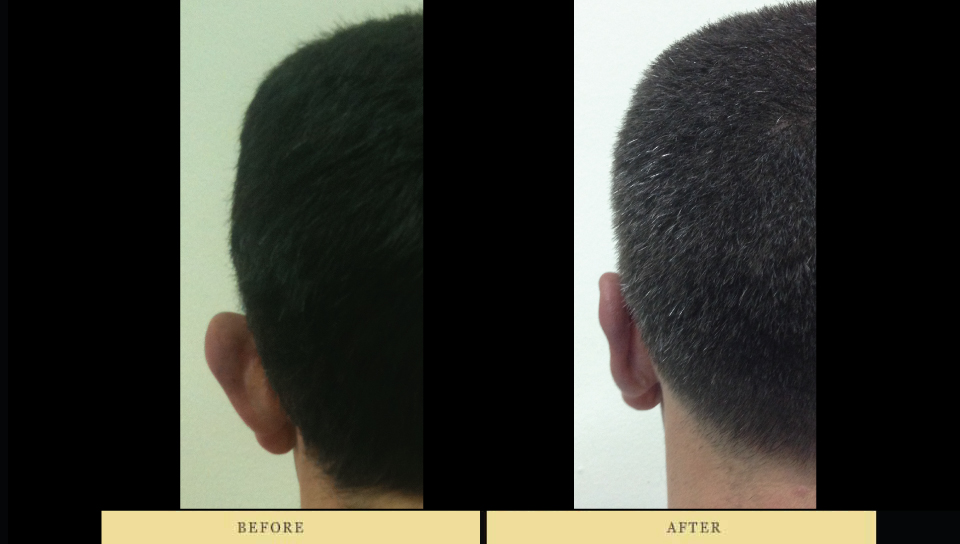


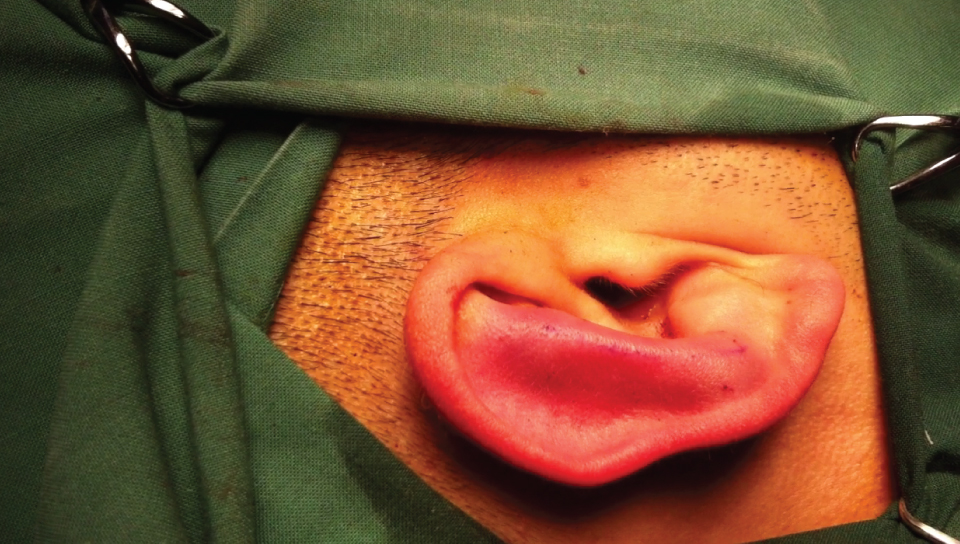
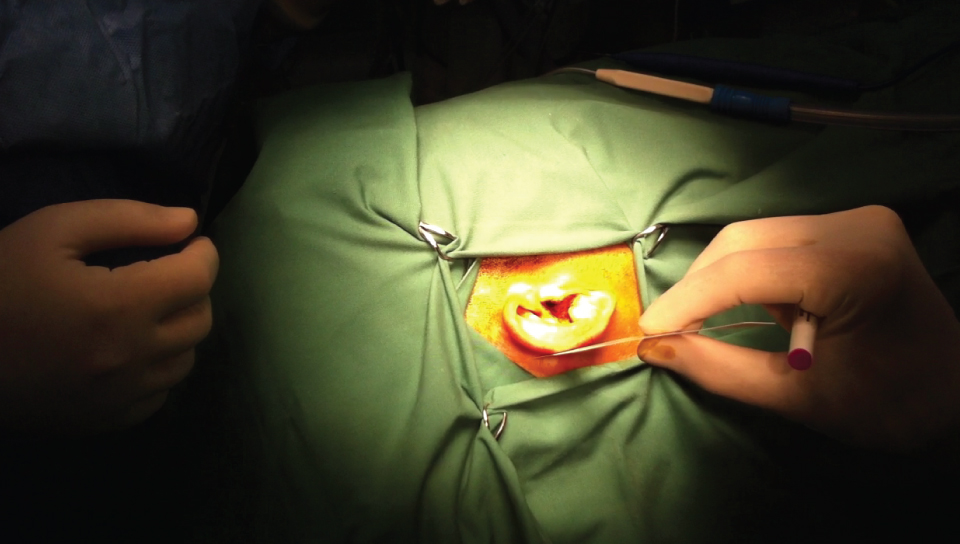

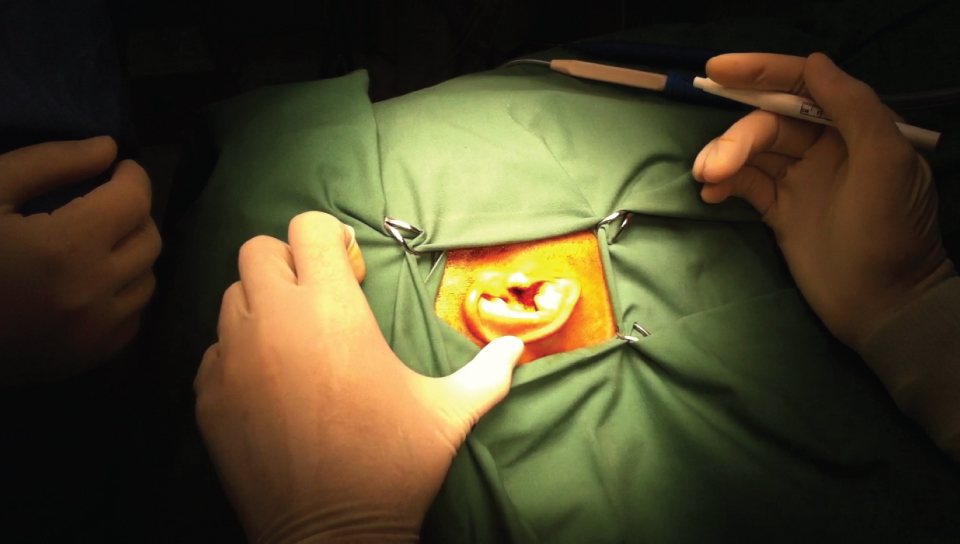
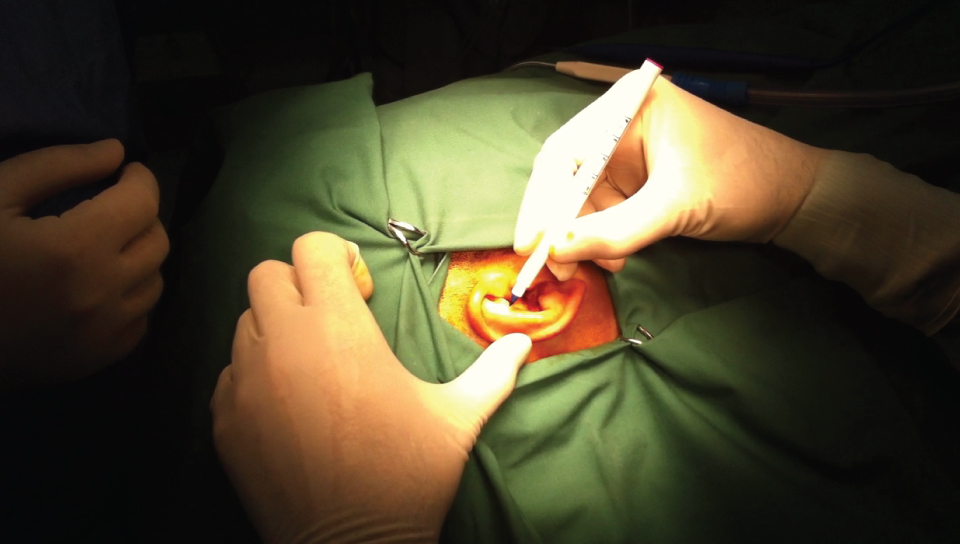
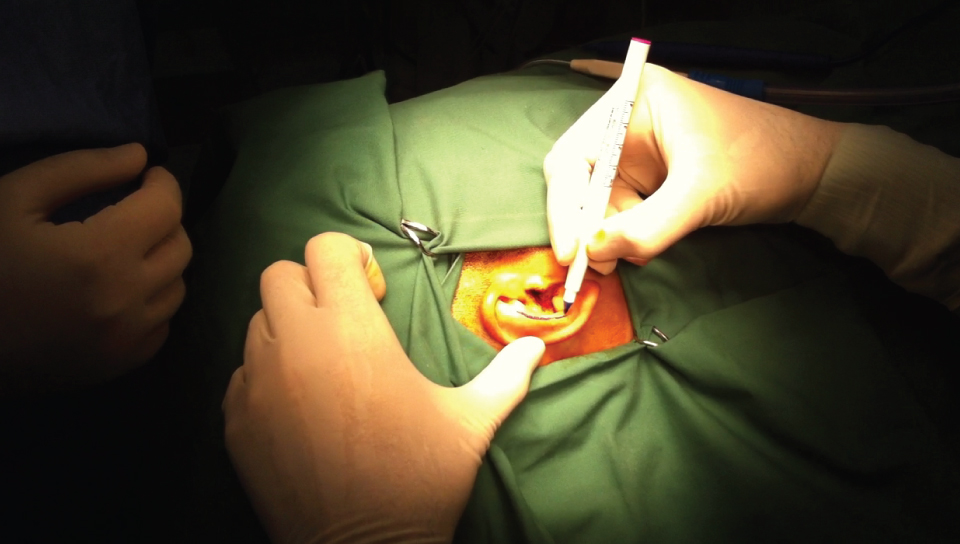
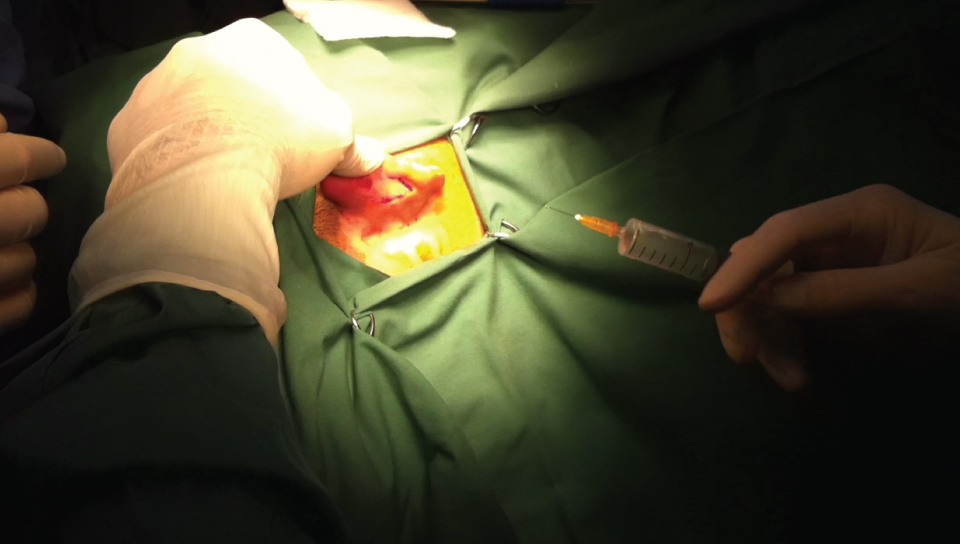
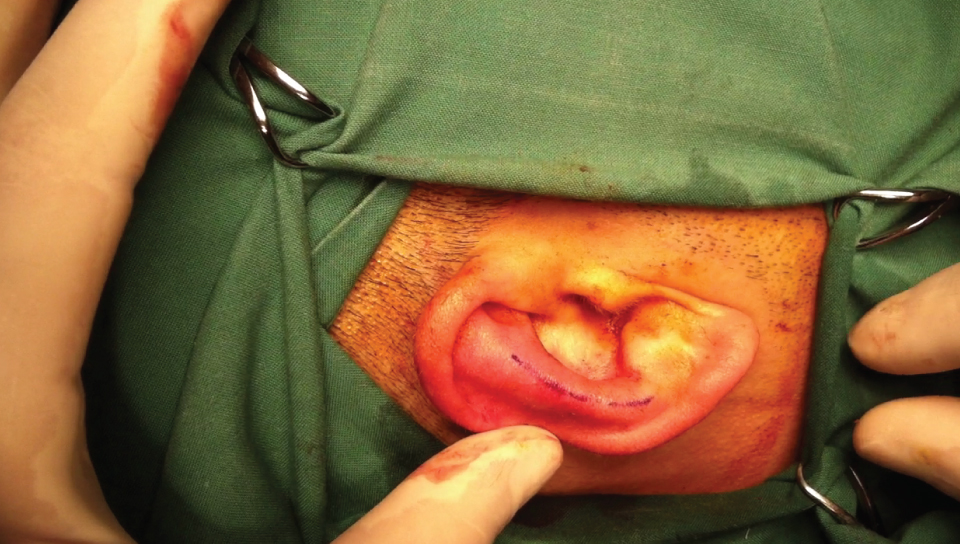
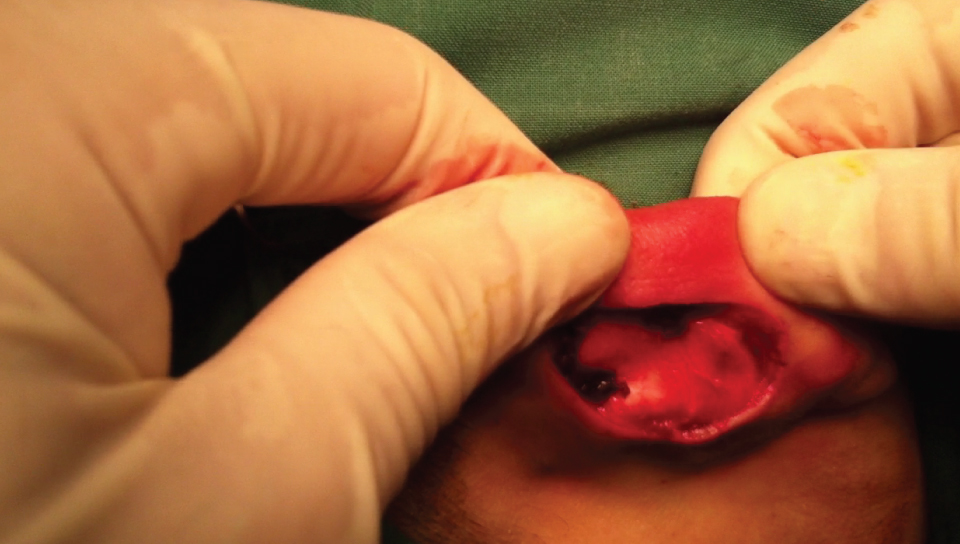

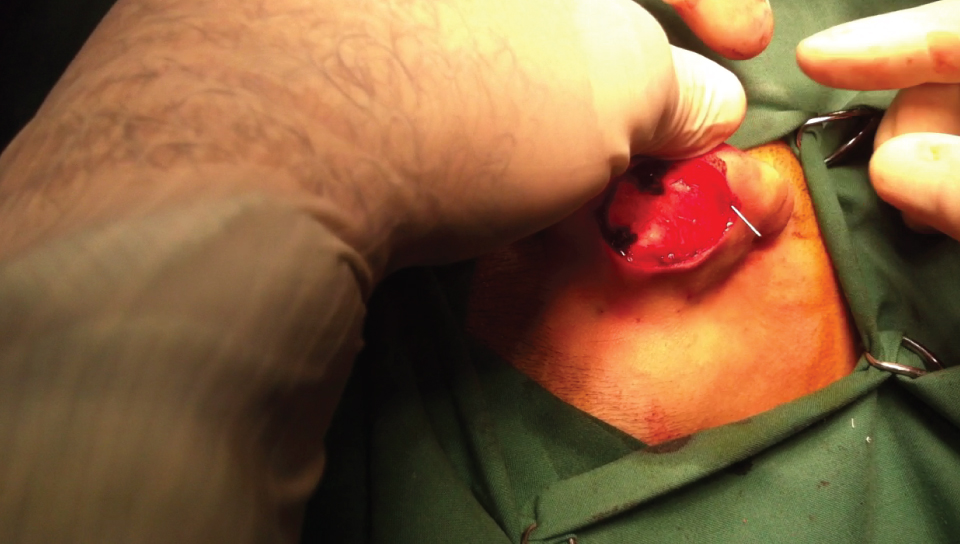
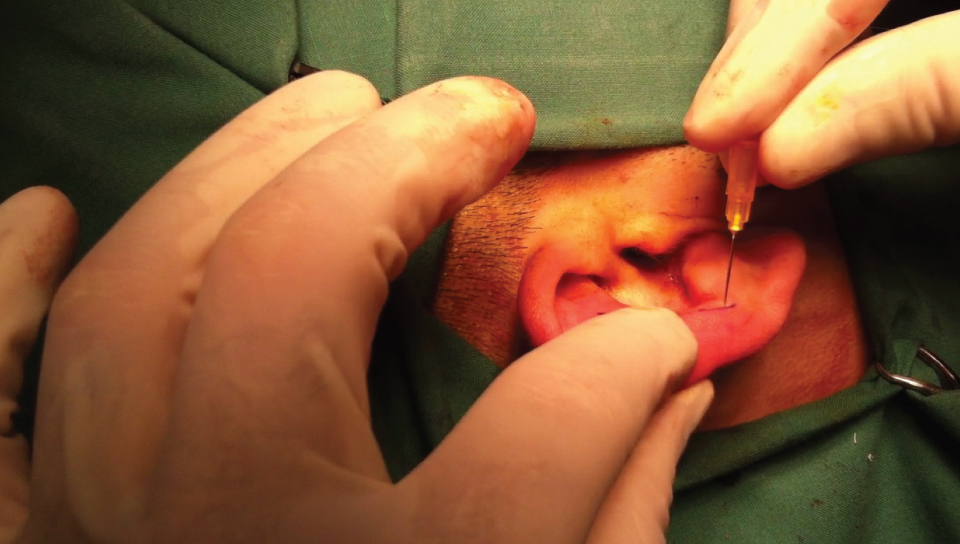
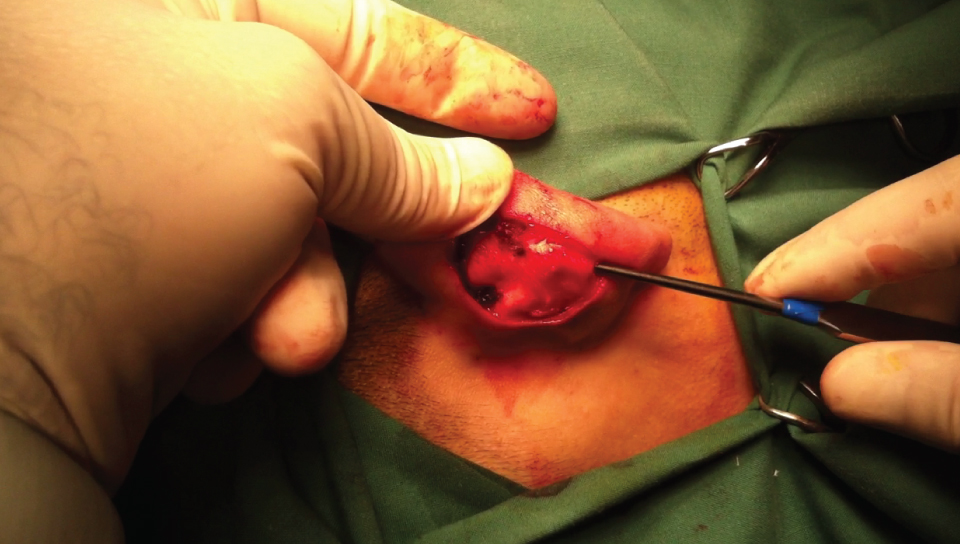

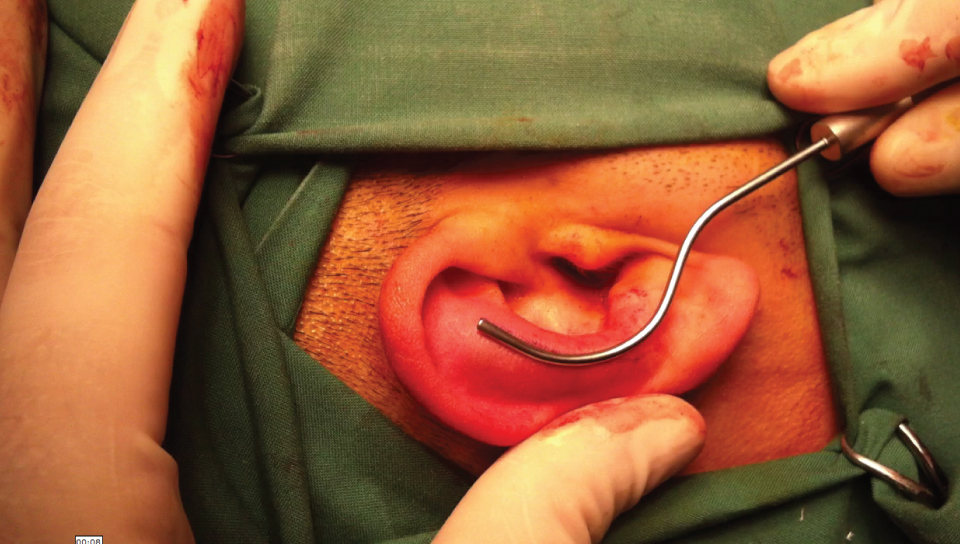
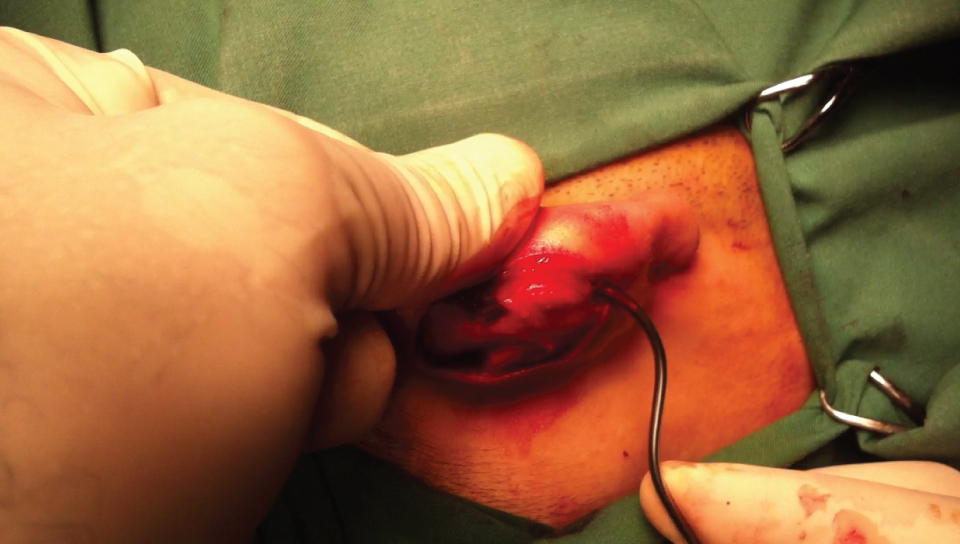
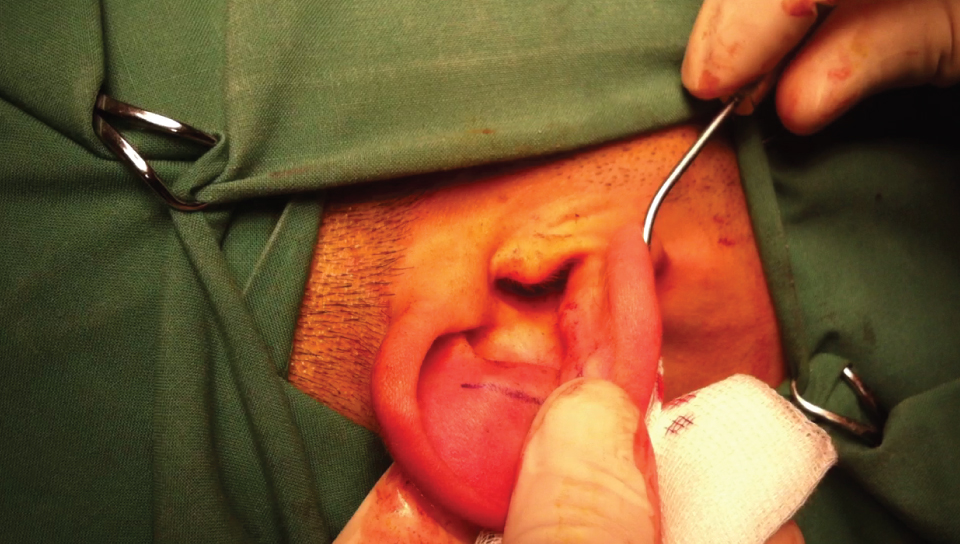
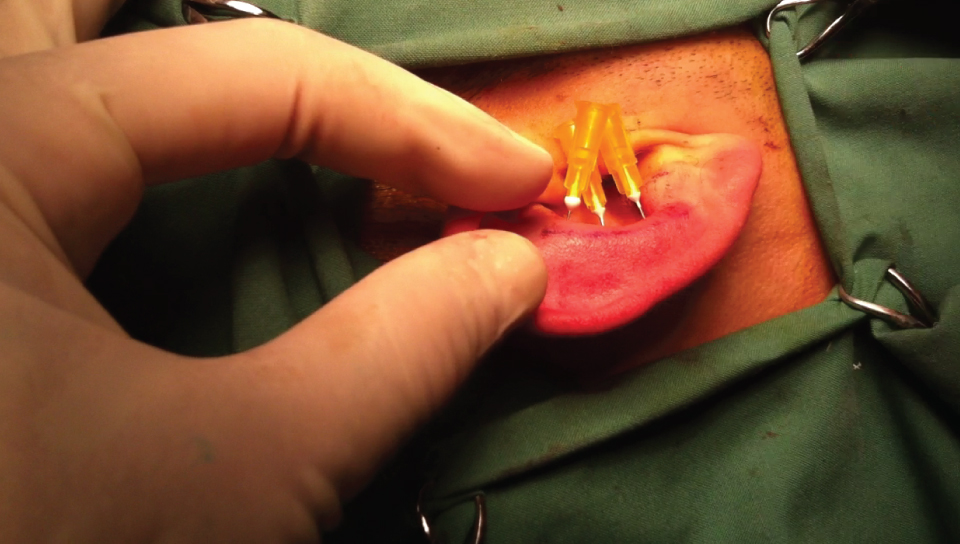
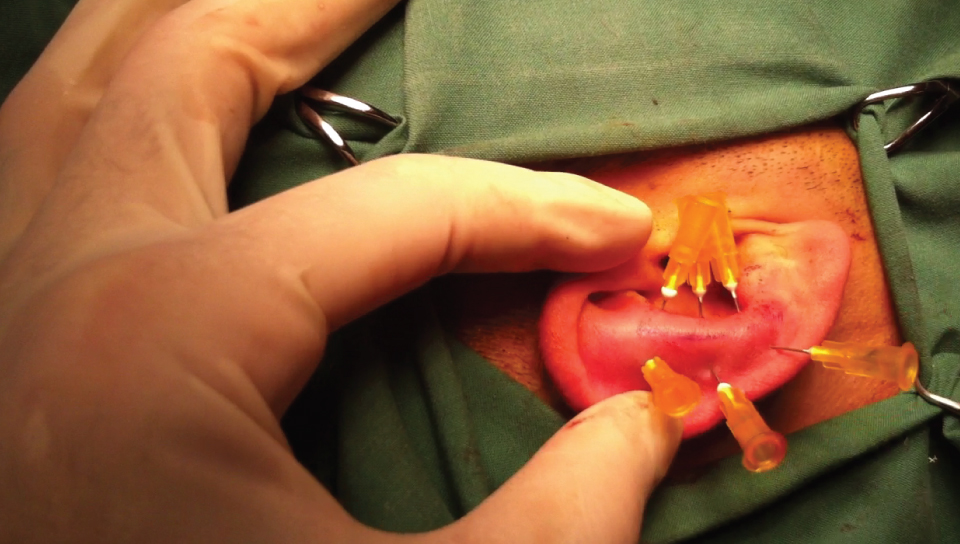
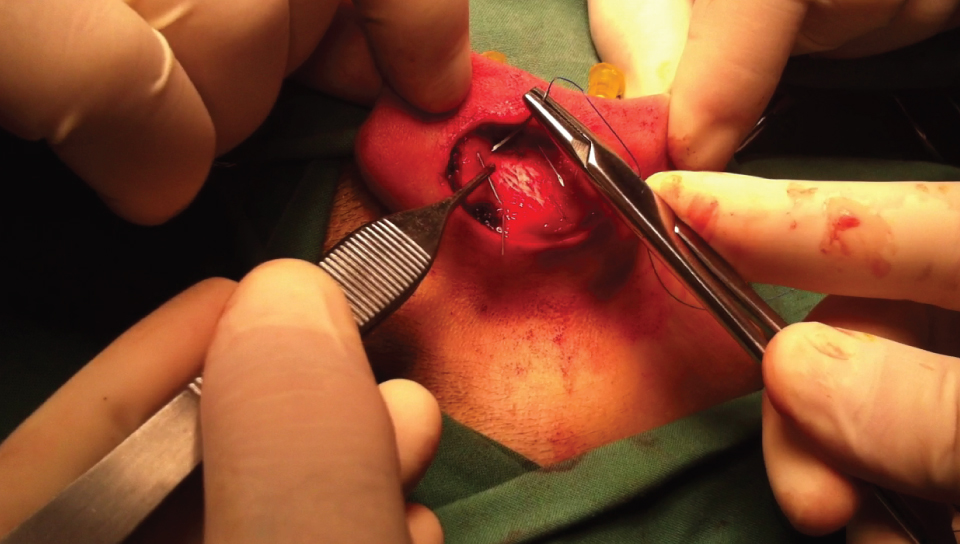
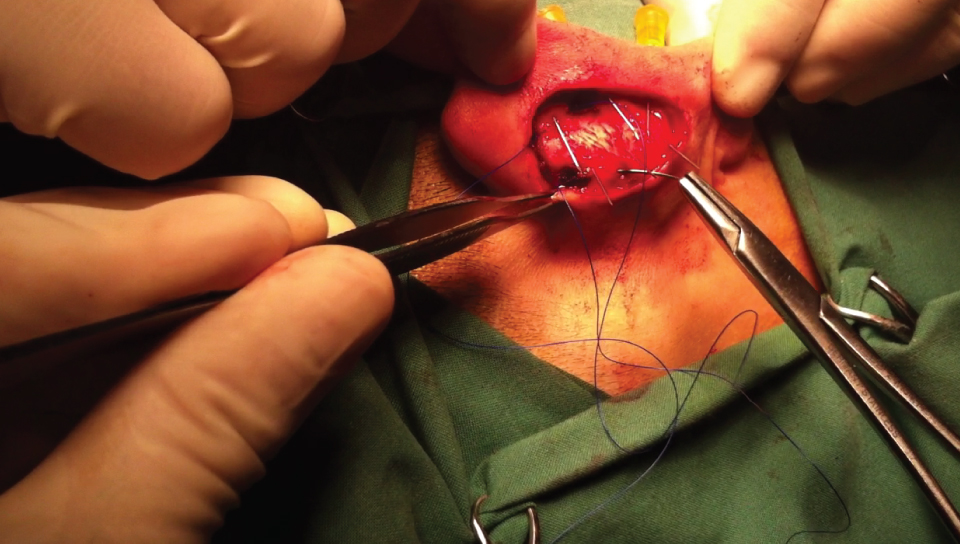
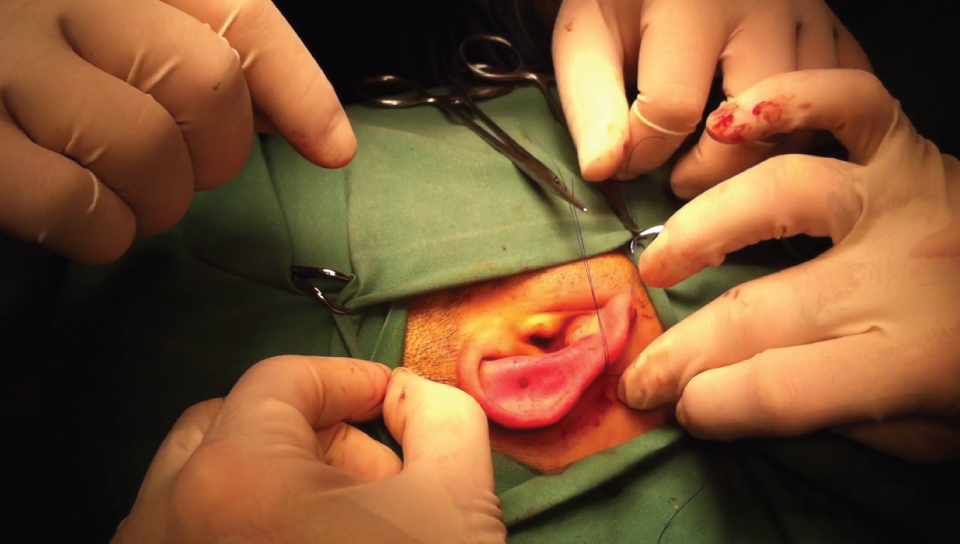
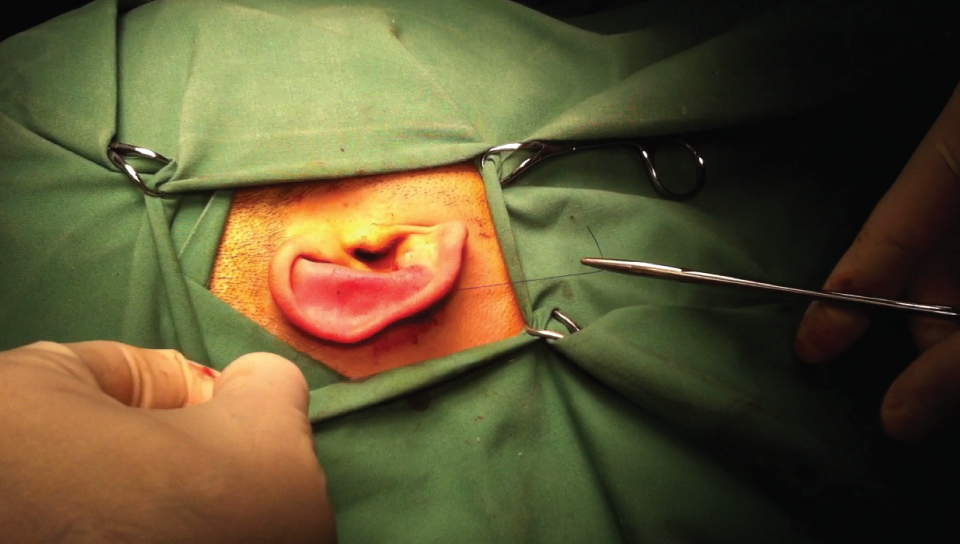
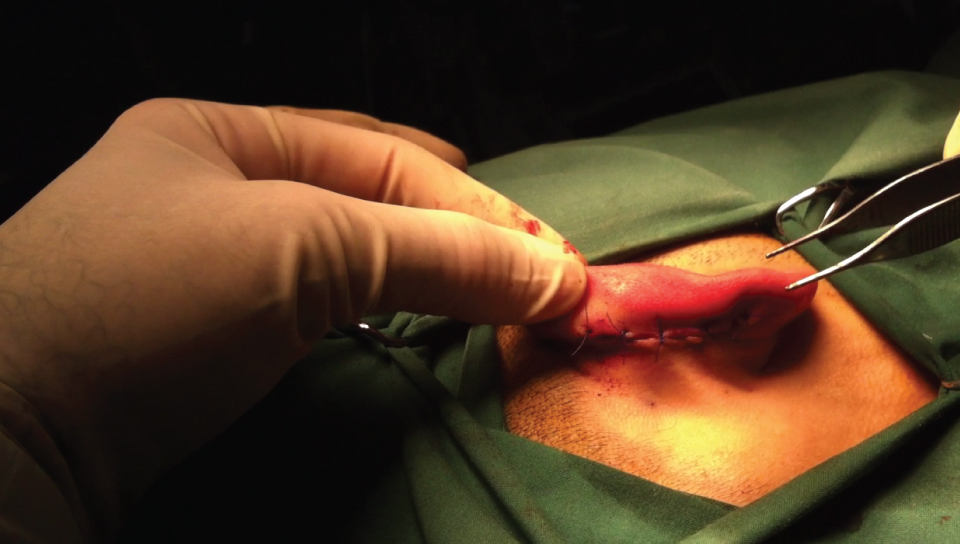
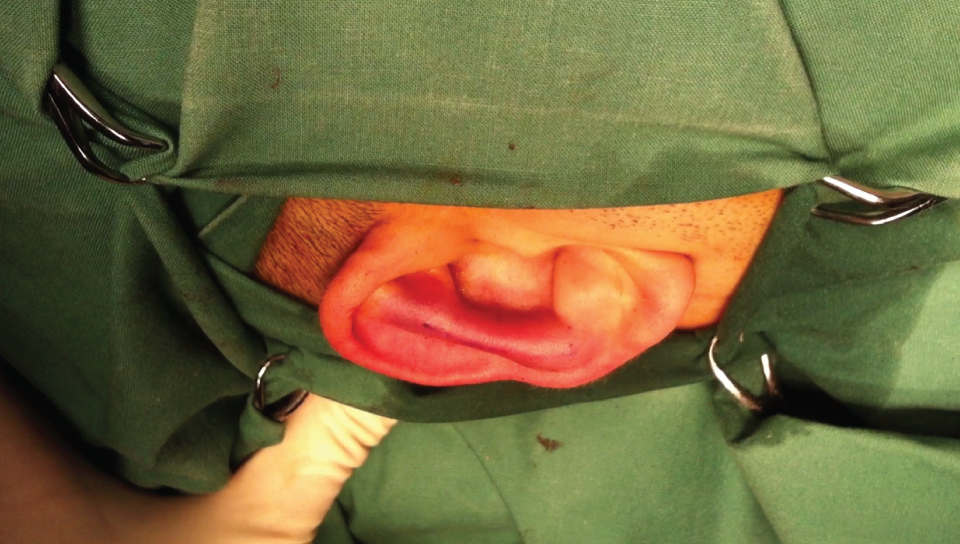
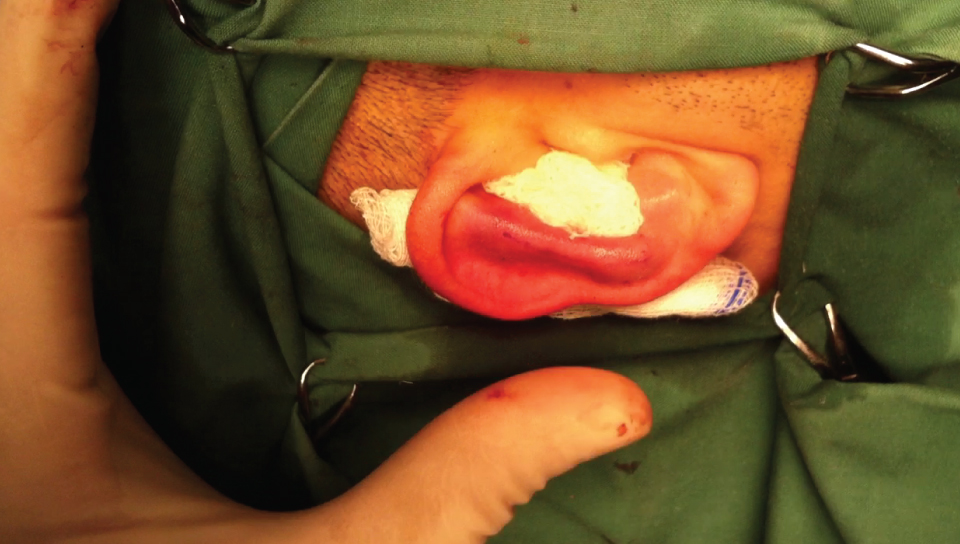
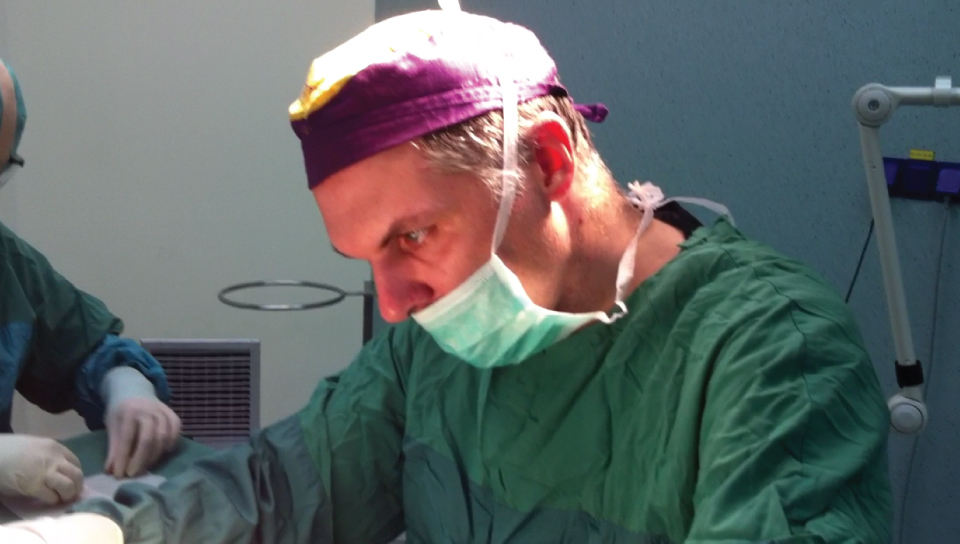
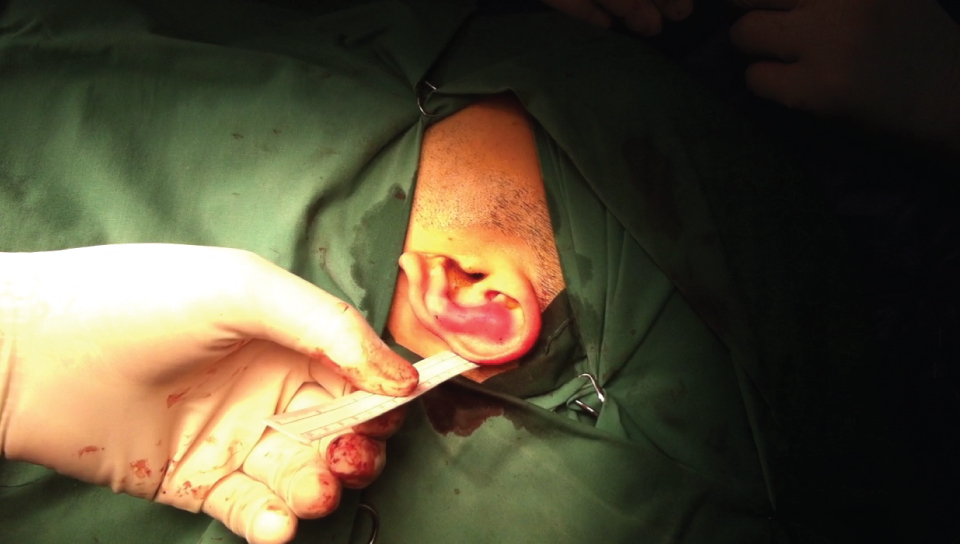
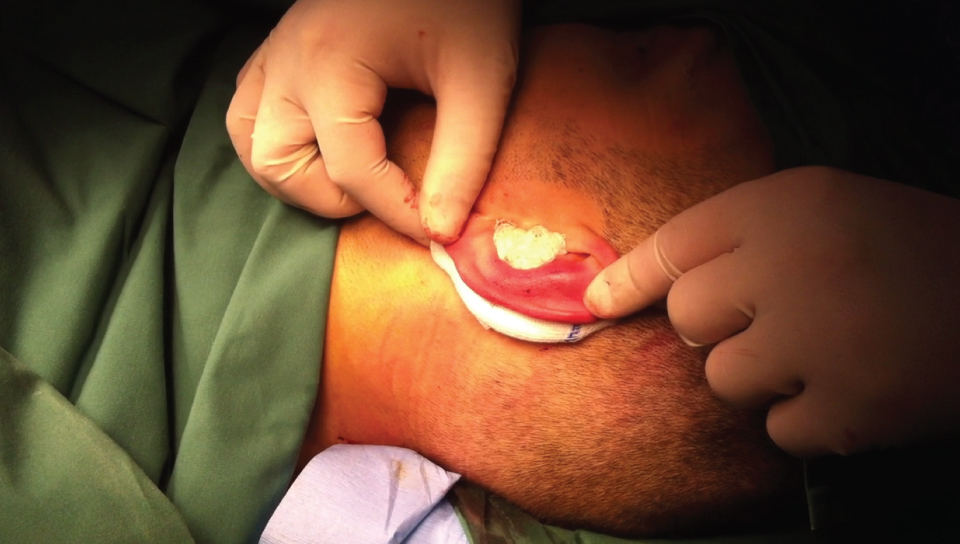





























 Press here to download a free QR Reader
Press here to download a free QR Reader



